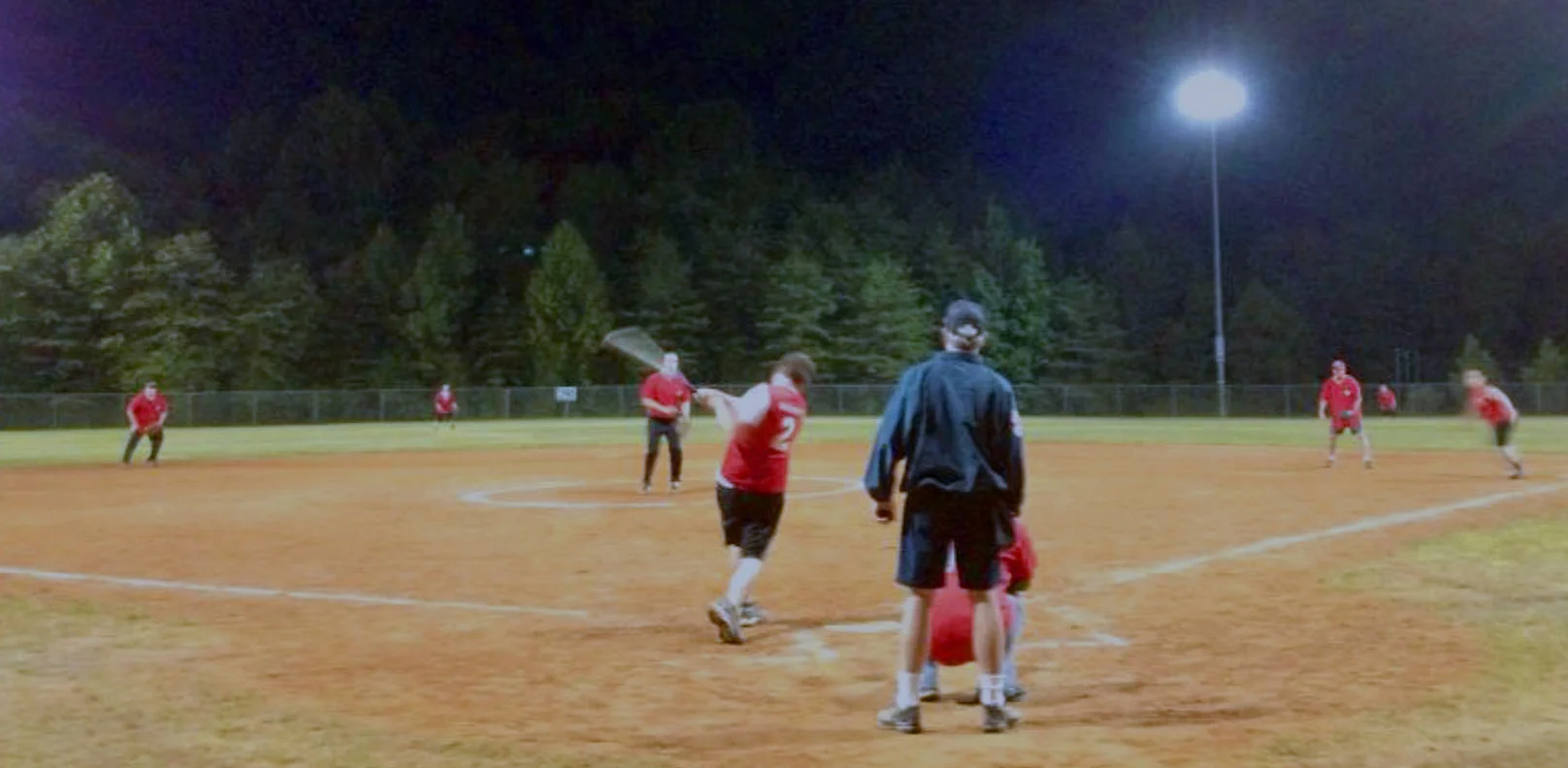Athletic and park directors get answers to tough questions. Find out how to assess the level of service your athletic fields are providing for your community. GIS (Geographic Information System) technology creates digital models. See how our team analyizes GIS data to create real world impact for your athletic field plans.
Knock it out of the park! GIS helps improve quality of life for park users
The May issue of Parks & Rec Magazine features an article by our own Dave Peterson and Carter Marshall. Stafford County, VA needed to understand current demand and capacity of their athletic facilities, and specialized GIS applications were used to help the county make justifiable, evidence-based decisions. The study also determined target locations for new fields based on user access and population density. Ultimately GIS analysis was used as justification to secure additional funding for needed ballfield improvements.
Geographic Information System (GIS) technology is a powerful tool for mapping our world and understanding spatial relationships. GIS applications allow users to create a digital model of the real world that may be used to answer real world questions. Utilized in a wide range of industries and disciplines, GIS can be a valuable analysis and planning tool for park and recreation professionals as well.
GIS analysis provides more robust evidence for action than traditional master planning techniques and yields decisions based on customizable factors specific to an agency or community. GIS datasets may be used to identify gaps and allow service providers to prioritize improvements based on evidence based decisions. Click here to learn more.
“Prioritizing projects and their locations based on the data collected and the results of the study, we are now confident in our investment choices, knowing we are addressing actual needs,” says Jamie Porter, now Former Director of Stafford County Parks. That’s a home run in our book!
Spatial Relationships via Mapping the World
Geographic Information System (GIS) technology is a powerful tool for mapping our world and understanding spatial relationships. GIS applications allow users to create a digital model of the real world that may be used to answer real world questions. Used in a wide range of industries and disciplines, GIS is a valuable analysis and planning tool for park and recreation professionals.
Why GIS?
GIS analysis provides more robust evidence for action than traditional master planning techniques. GIS yields decisions based on customizable factors specific to an agency or community. GIS datasets are used to identify gaps and allow service providers to prioritize improvements based on evidence-based decisions. An excellent resource to learn more about GIS basics can be found at ‘Introduction to Geographic Information Systems,’ by Robert Rose, GIS Instructor at Harvard Map Collection.
Case Study Examples Presented at Colorado Parks and Recreation Association (CPRA)
In-House GIS technology experts Dave and Carter, from our specialized planning team, presented a session at the CPRA Annual Conference in Breckenridge focused on their groundbreaking GIS analysis work in Stafford County, Virginia. Arc News published an article about the project called ‘Ball Field Study Hits Home Run’ which can be found at www.esri.com
Dave and Carter "Knock It Out Of The Park" at CPRA
Dave Peterson, PLA, Director of Specialized Planning and Carter Marshall, Project Manager, will be presenting Knock It Out of the Park! Using GIS Technology to Meet Your Goaaaaaallls!!! at Colorado Parks and Recreation Association’s annual conference in Breckenridge on October 15th.
Currently there are no nationally accepted standards for measuring quality or public access to athletic field facilities. In Stafford County, VA, we recently helped this public agency use advanced GIS technology to map sports field locations and analyze quality of facilities and public access. The session is designed to address:
How to use GIS technology to inform future recreation planning for individual agencies
Tools and concepts to assist agencies in planning and assessment of recreation assets such as sports fields
Identifying necessary requirements for an agency to develop GIS proficiency and begin to leverage this powerful technology











